If you have ever tried to learn how to draw a leaf, you know that it is not as easy as it looks. There are many things that you must consider in order to get the right perspective and shape for your drawing. One of the most important things is knowing how to use light to help you with this. In other words, you need to know how to bring out the color in the subject that you are drawing. This is very important for people who are trying to do a realistic drawing, since light can greatly change the way that an object looks like.
Simple Leaf Drawing Ideas
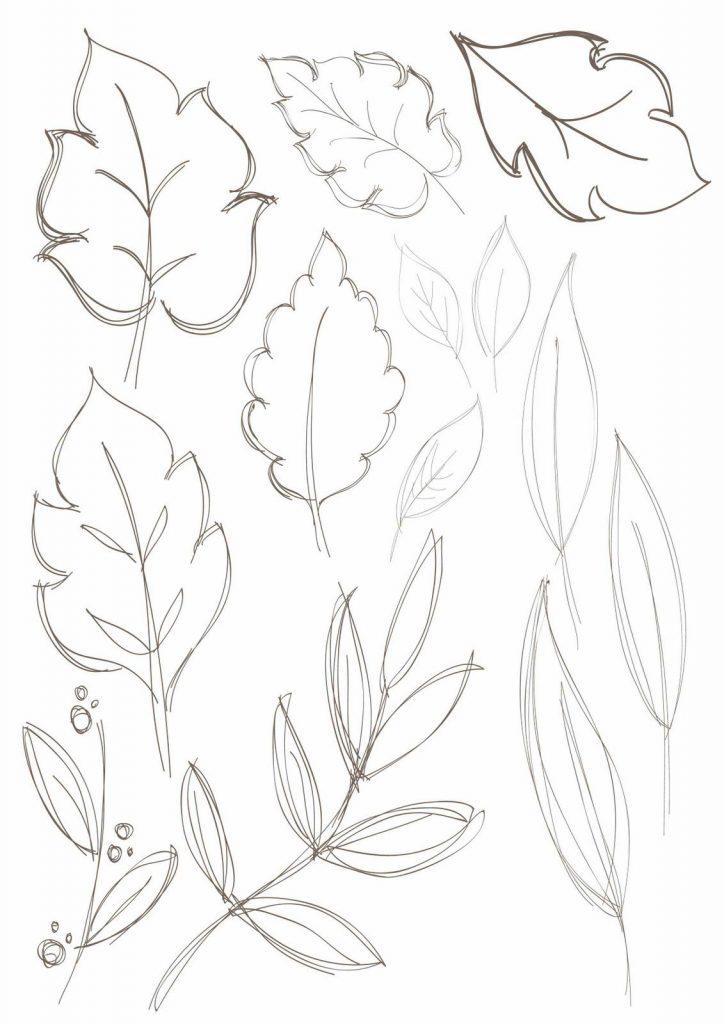
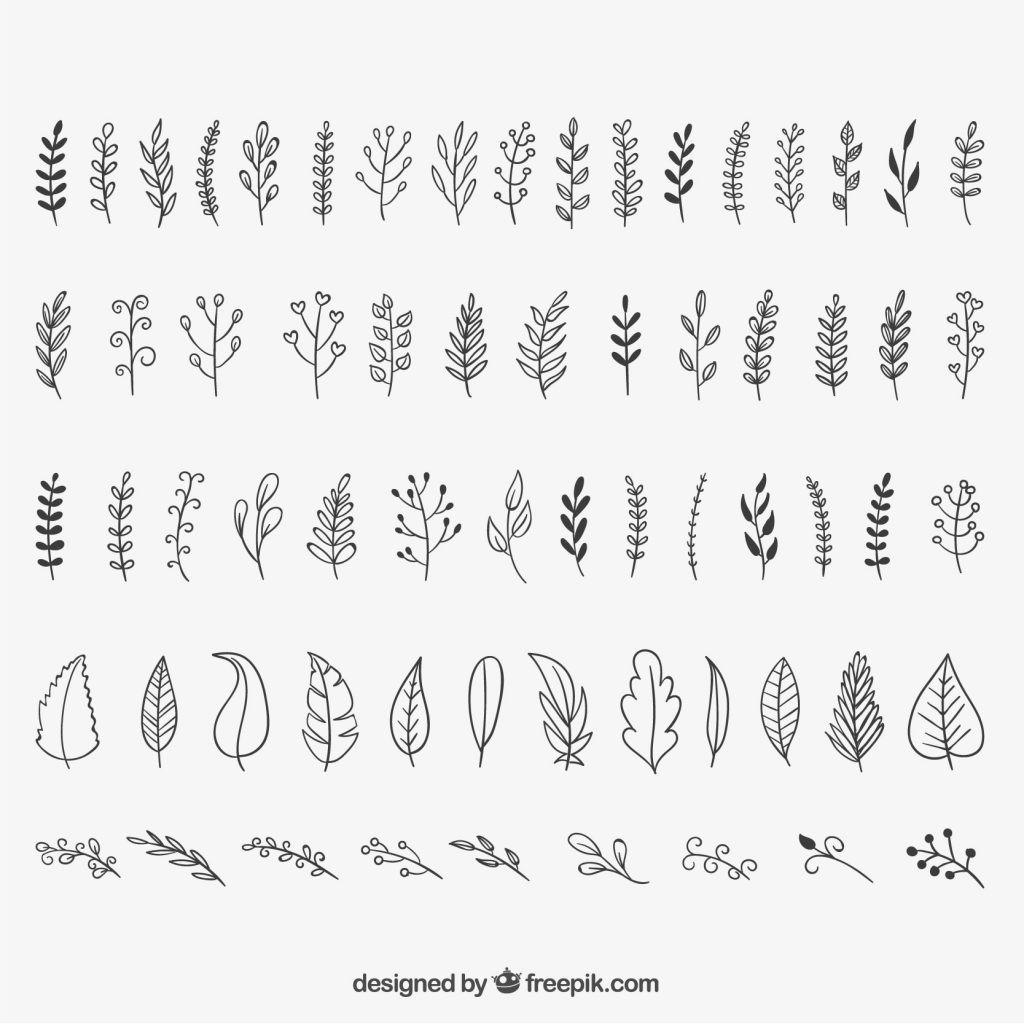
The next thing that you need to consider when learning how to draw a leaf is to understand how to make the most of the space that you have. You should remember that your drawing must be consistent and will look good no matter what you end up doing. This means that if you do not like the shape of the object, you should go and change it around until you find something that works. Of course, you will not be changing anything about the actual object, just the perspective that you have created with the object itself.
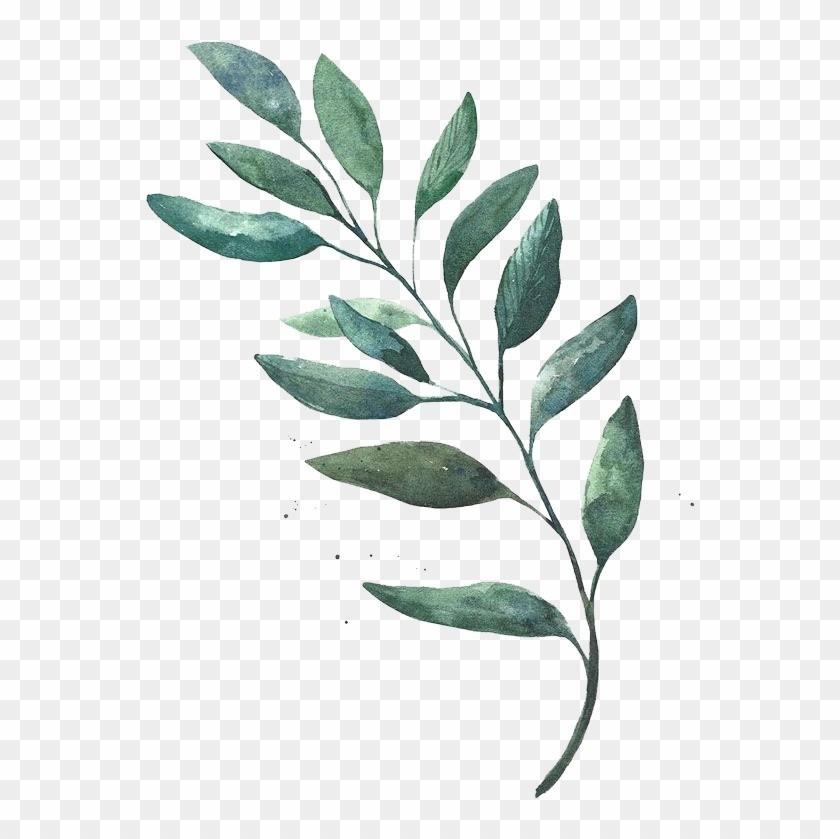
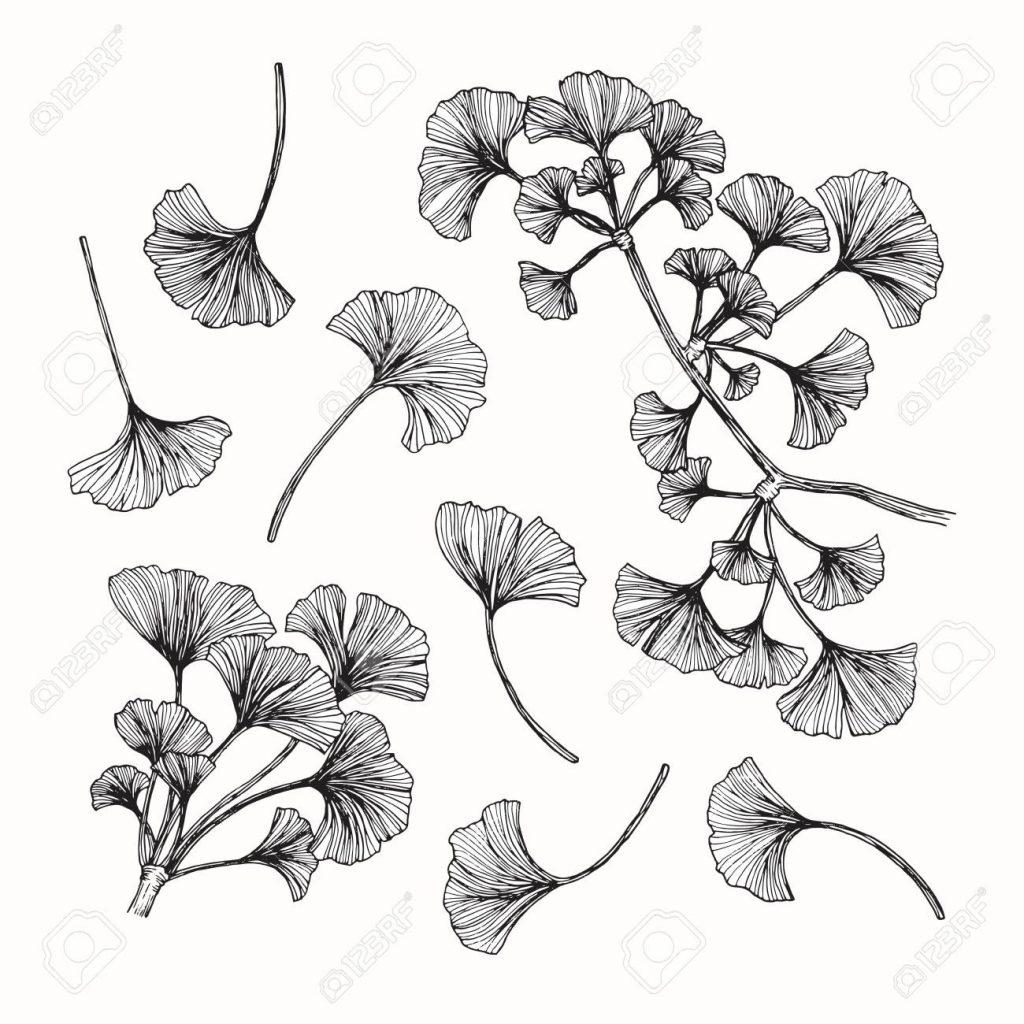
The last thing that you should keep in mind when learning how to draw a leaf is that your drawing will look best when you focus on getting a good color balance. It is important to have tones of one color and be careful about overdoing the contrast. After all, it is the contrast that will allow you to get a good overall effect for your drawing. With these tips, you should be able to learn how to draw a leaf much easier than you thought.

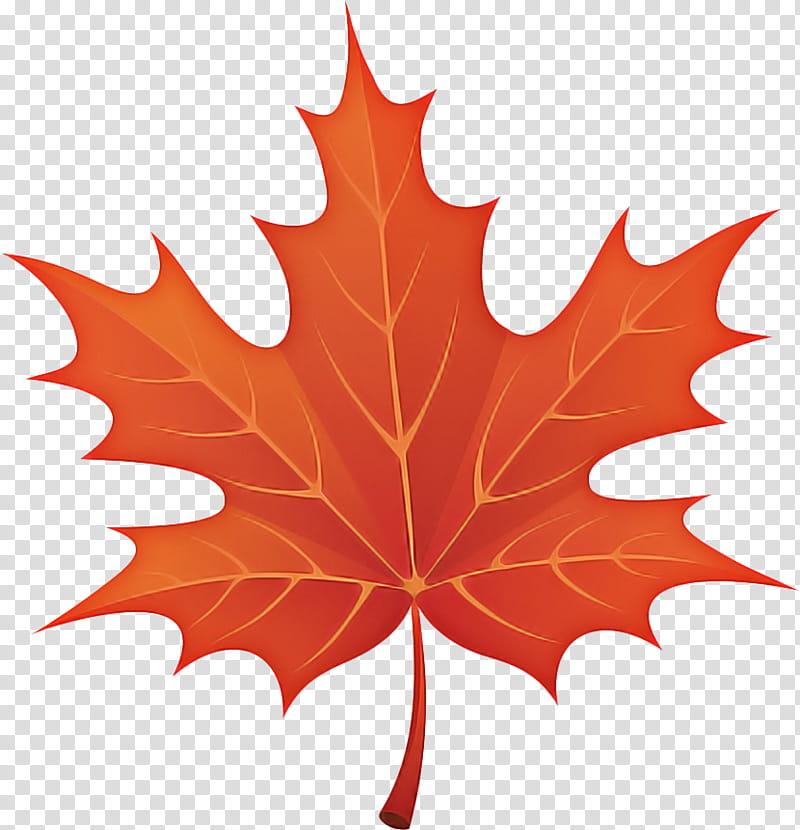

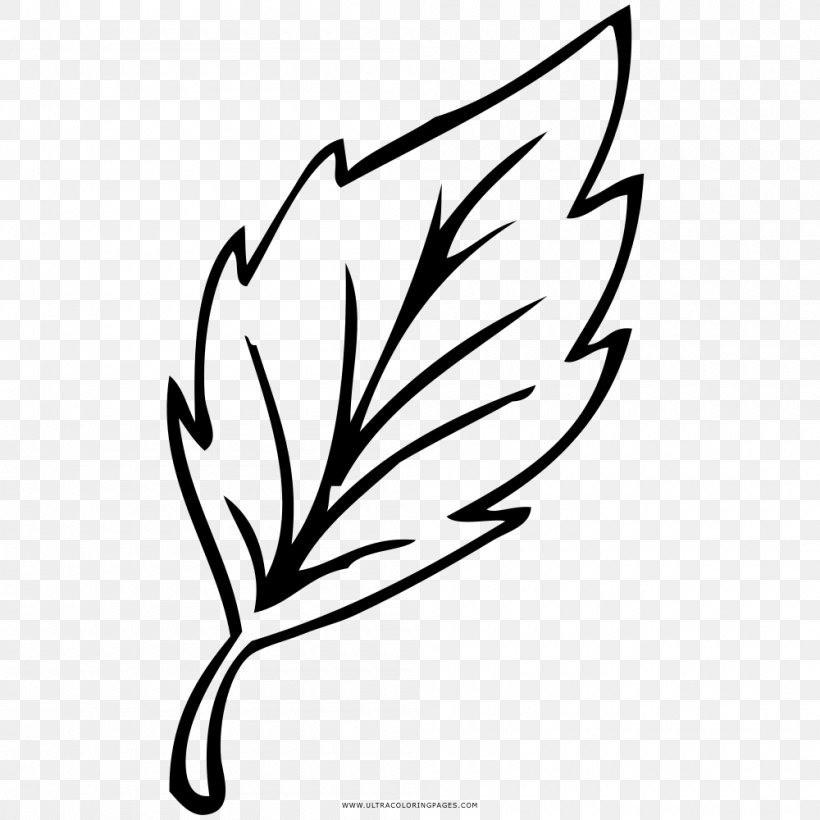
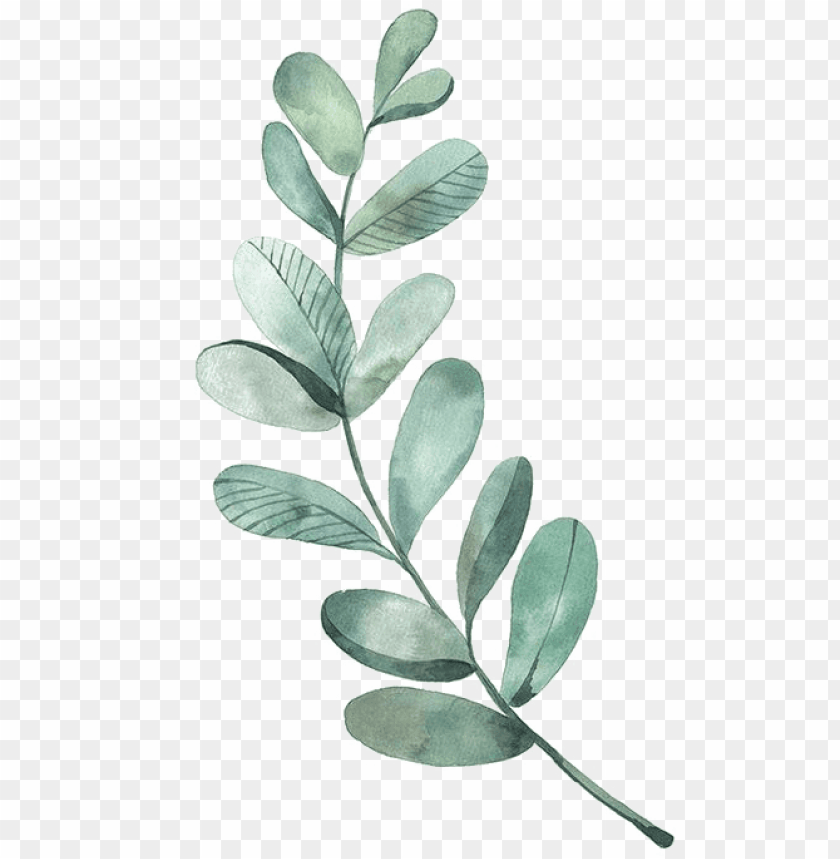
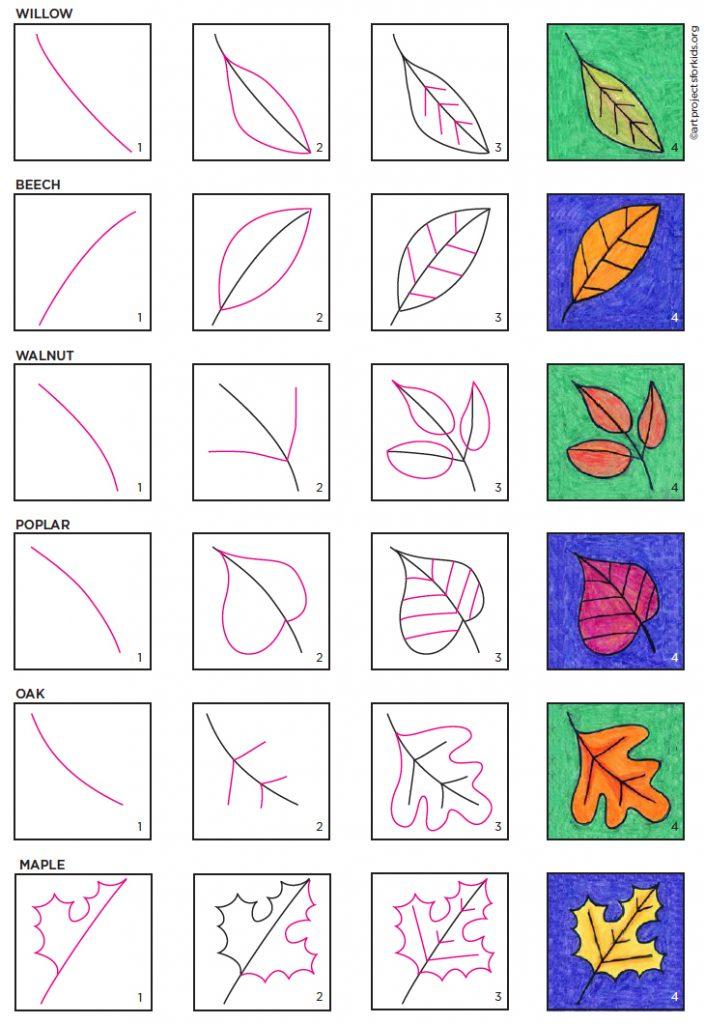
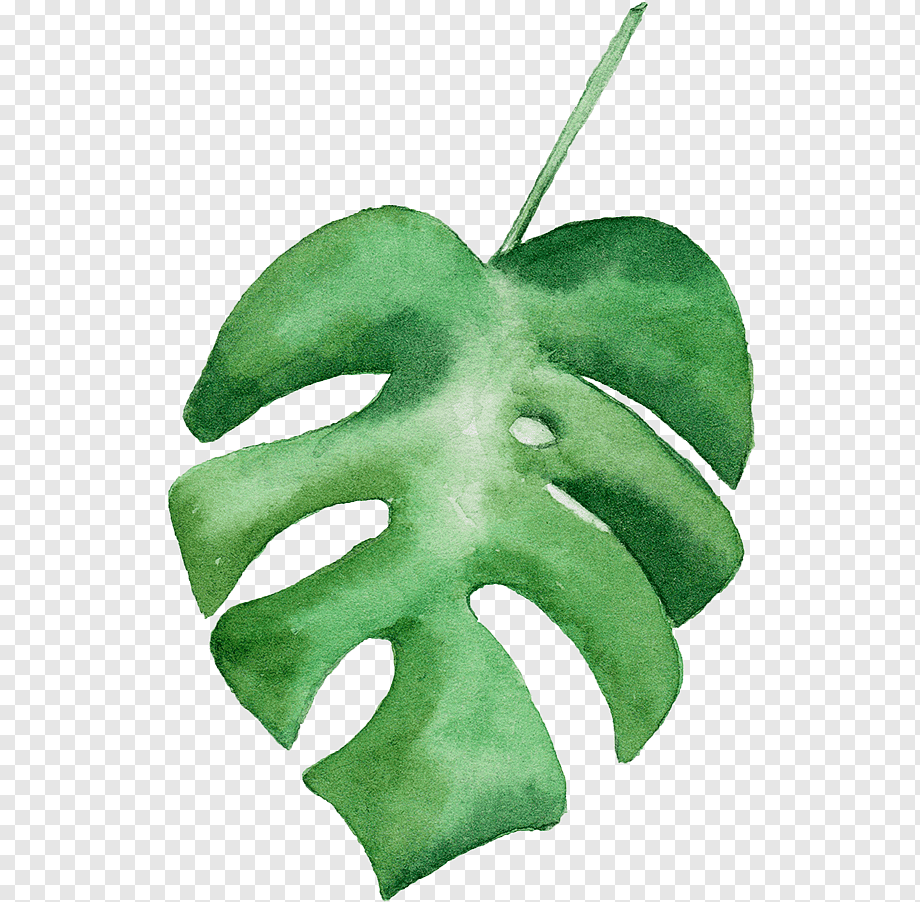
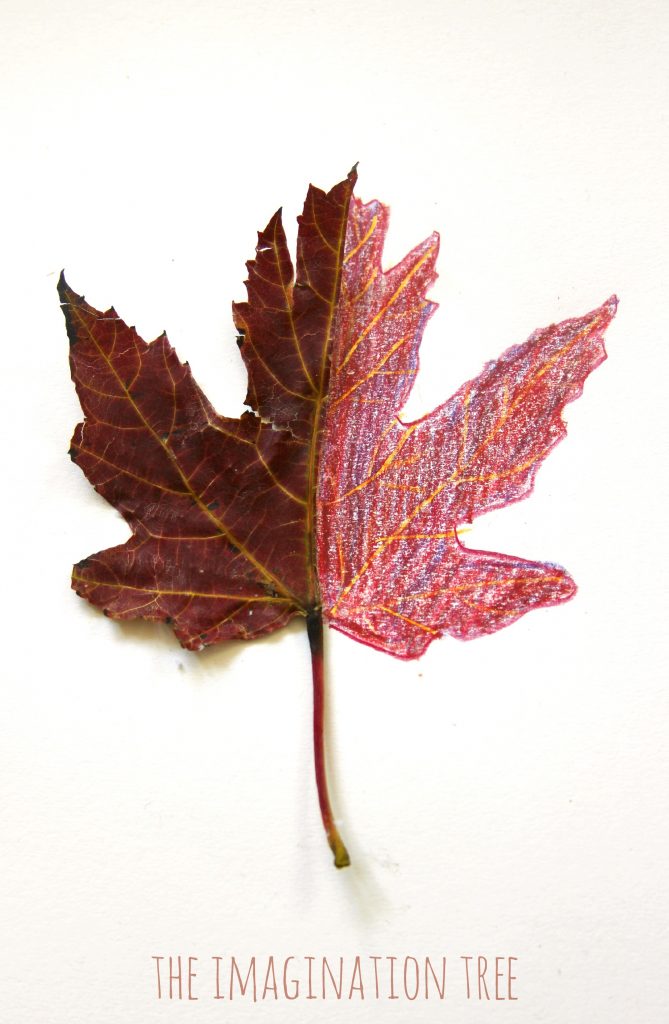

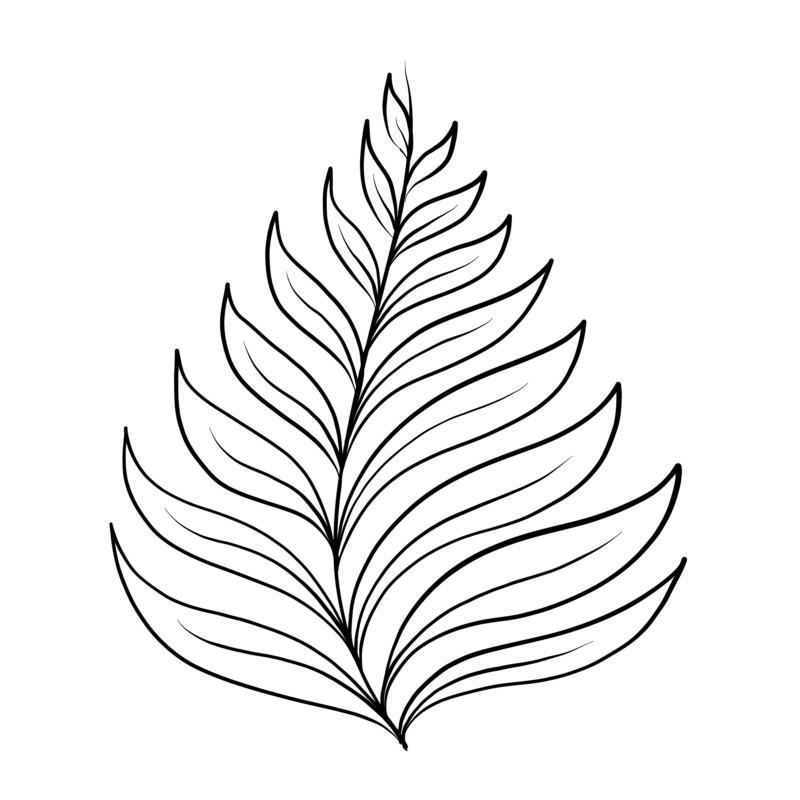

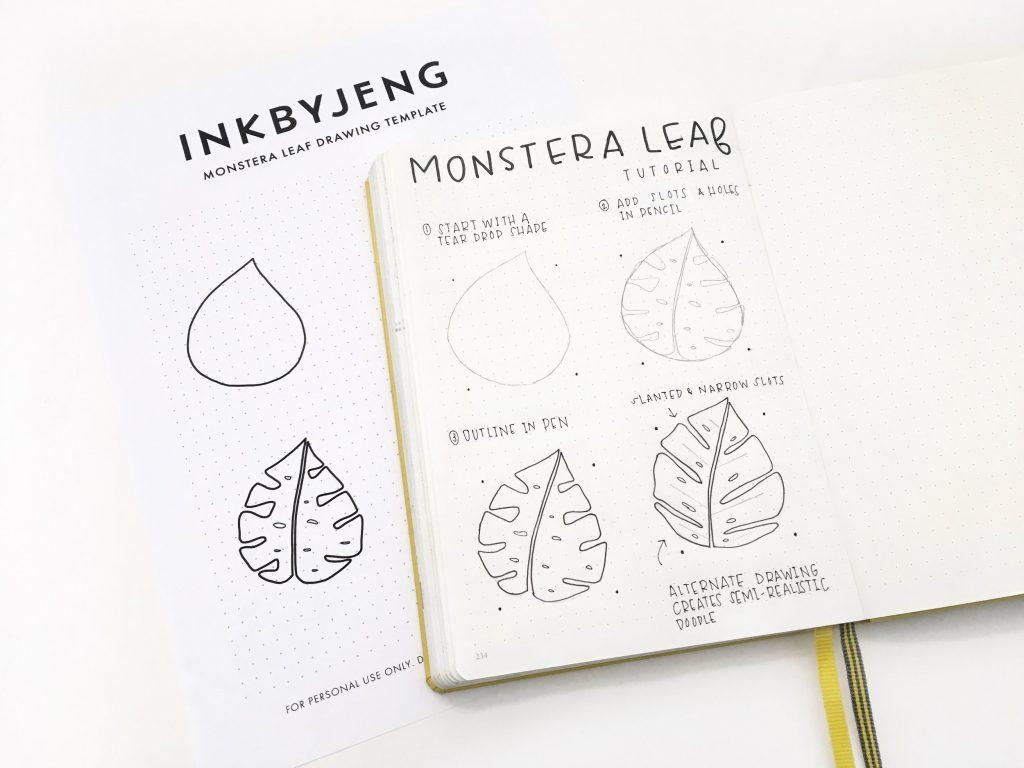
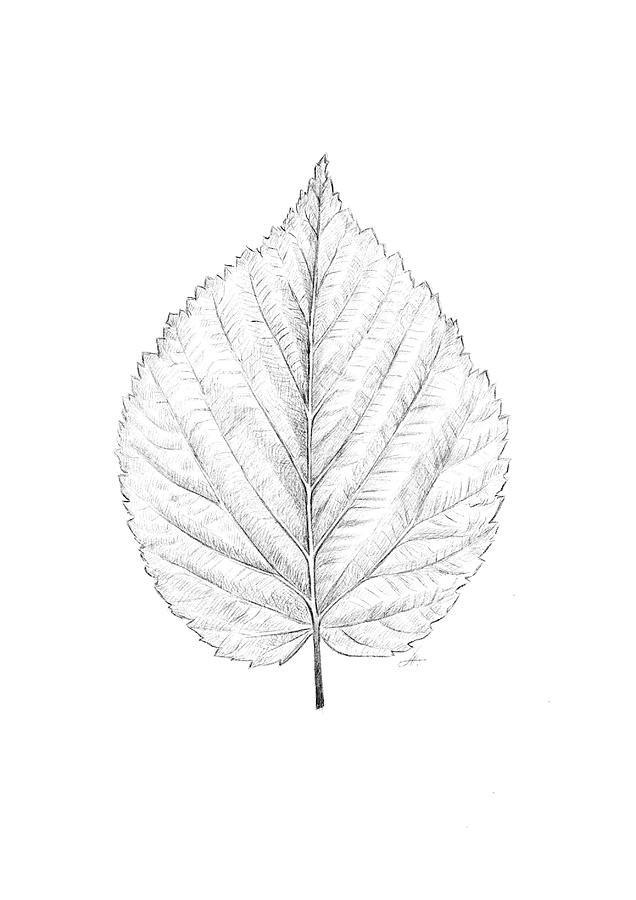
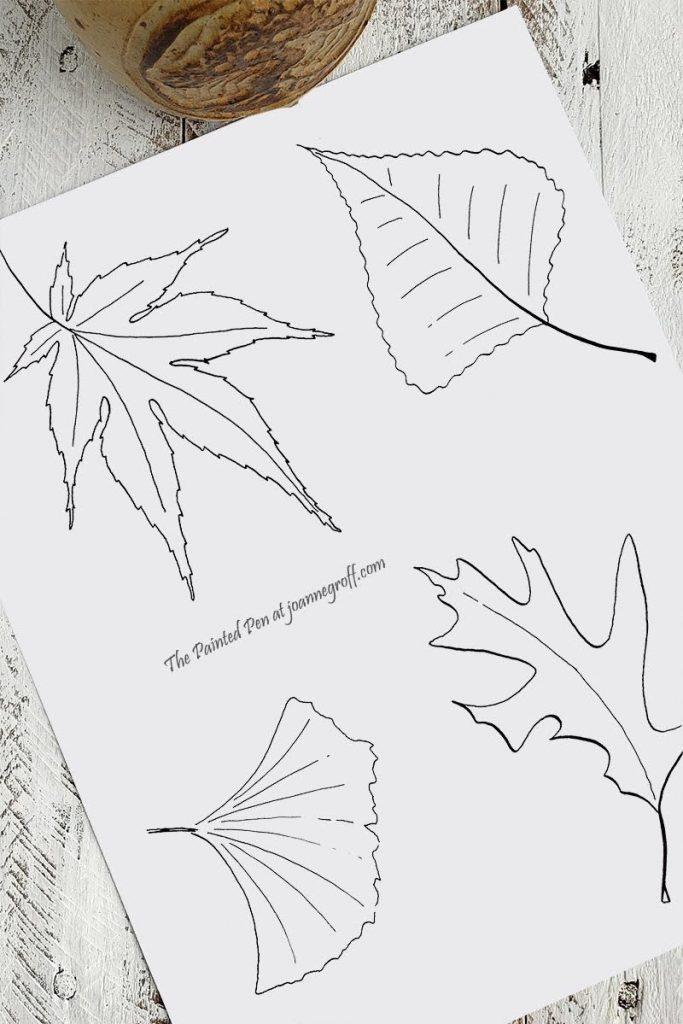
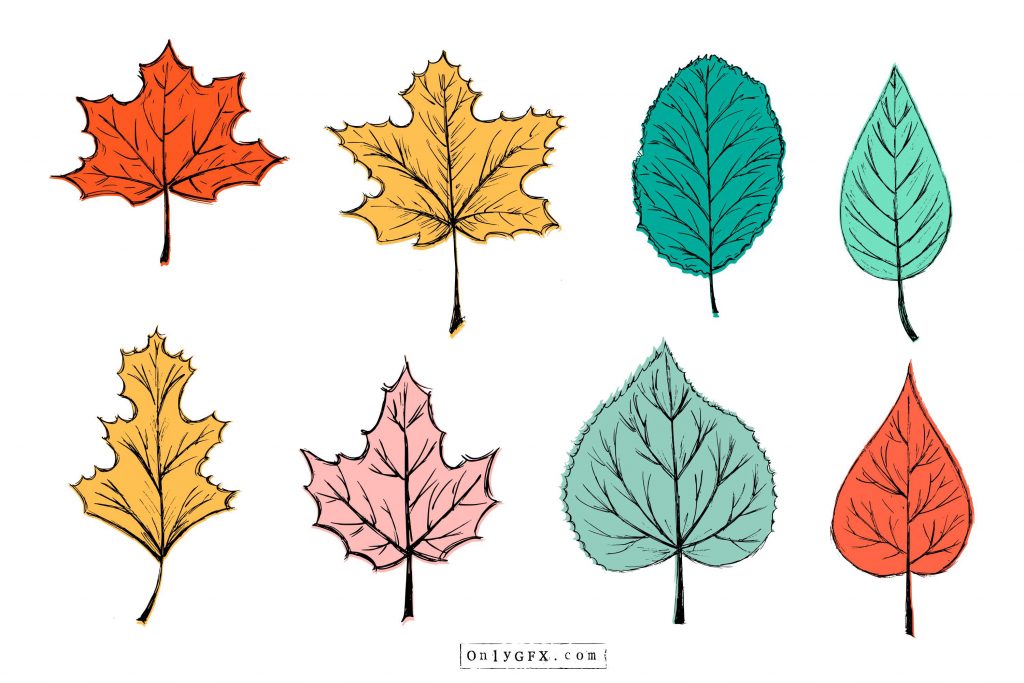
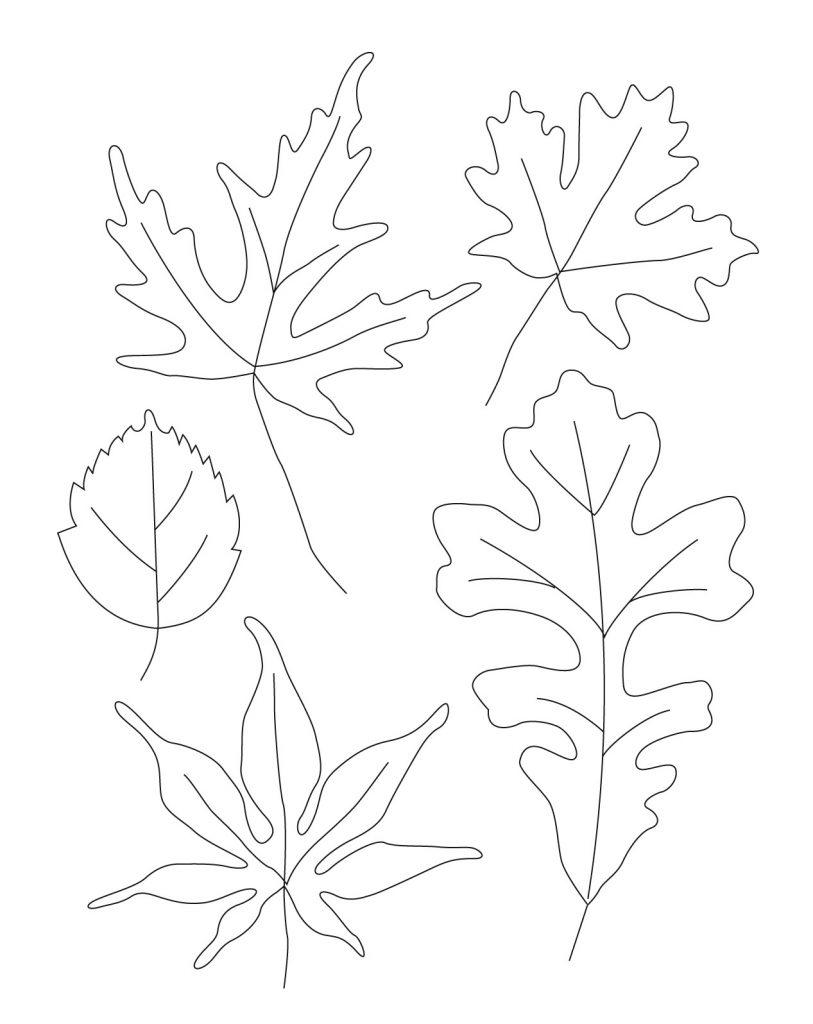
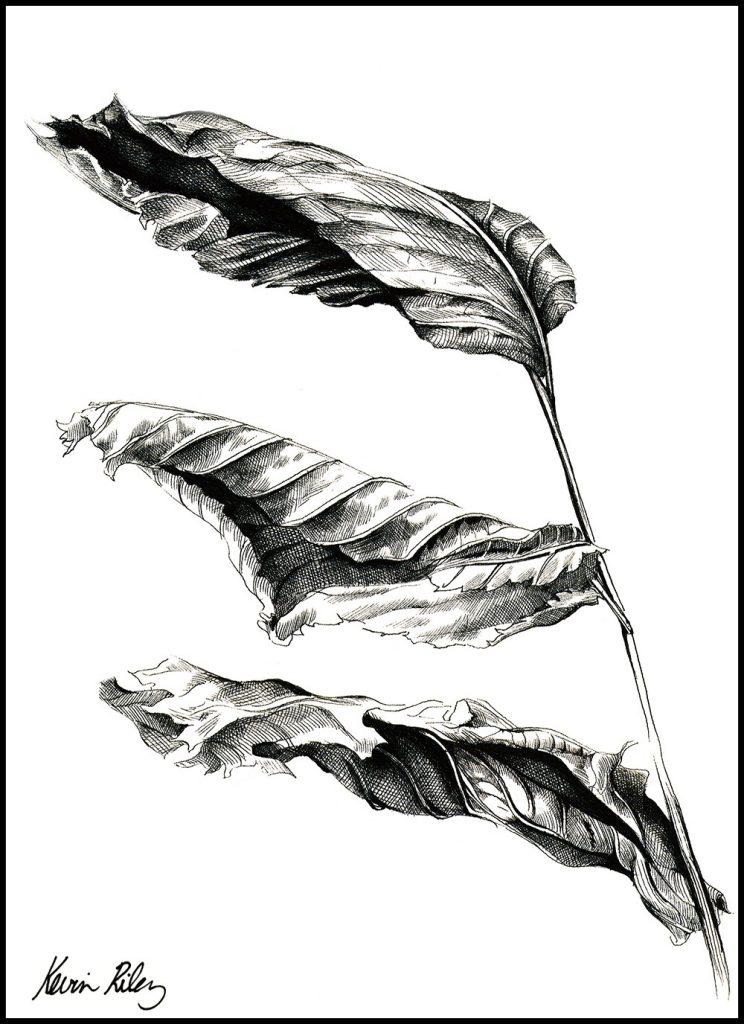
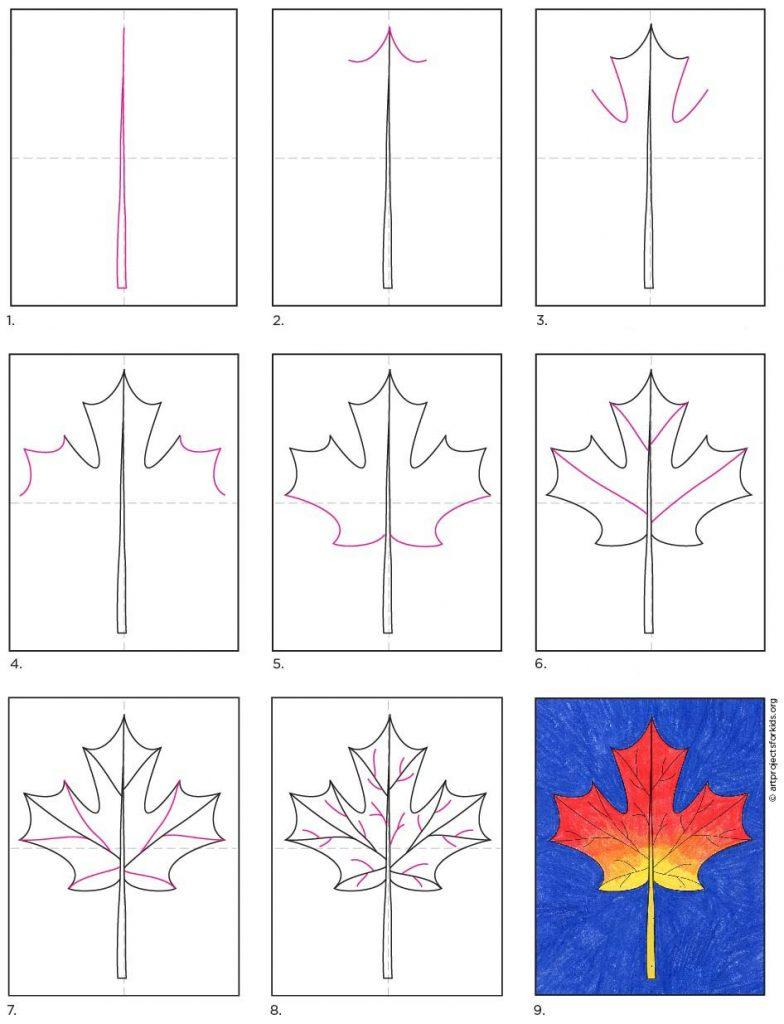


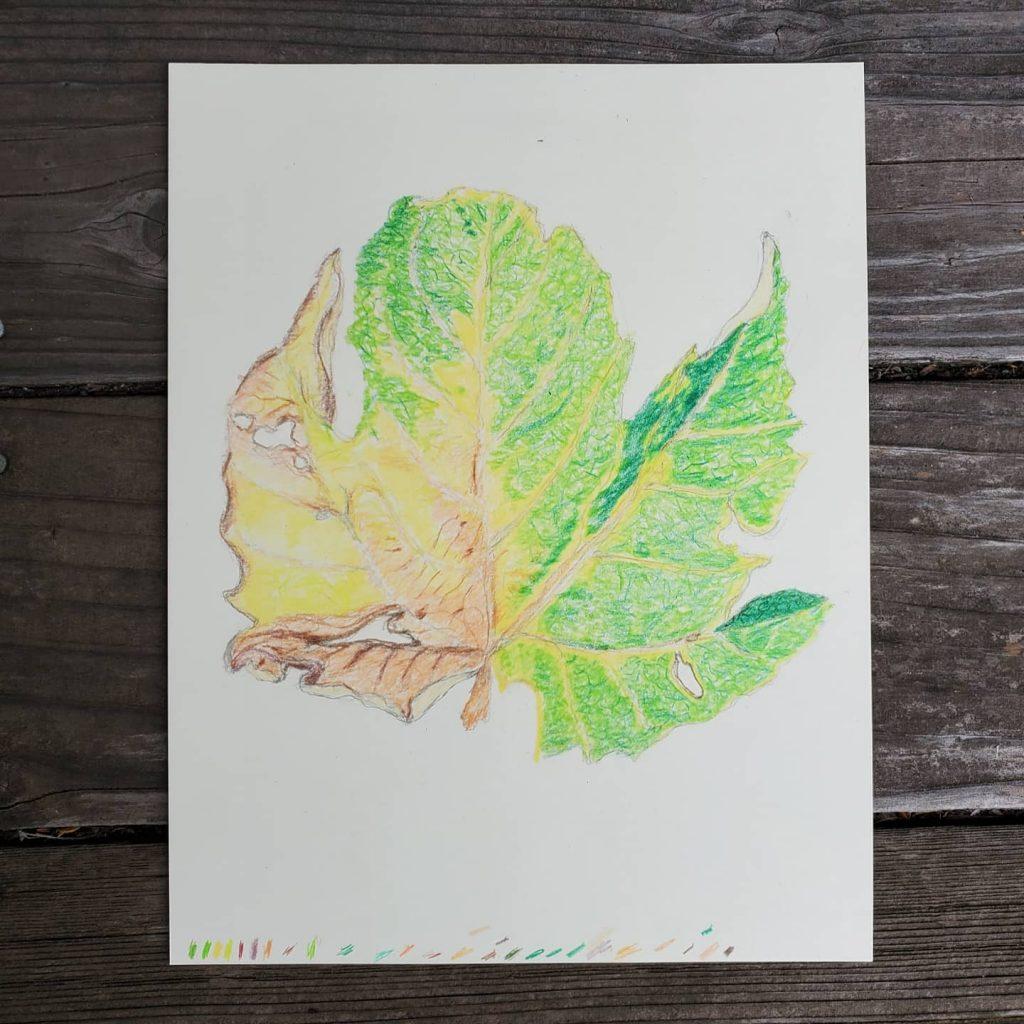
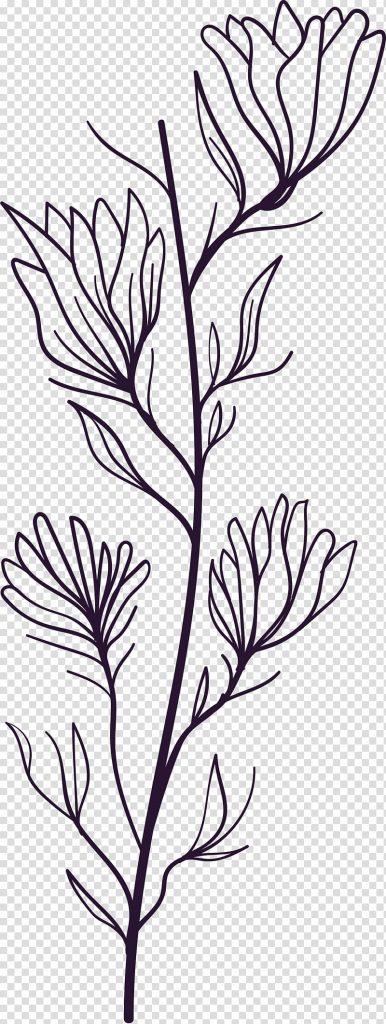
Drawing leaves can be a delightful way to explore nature’s intricate beauty and add a touch of botanical charm to your artwork. Whether you’re a beginner or looking to expand your artistic repertoire, learning how to draw leaves can be a rewarding experience. Start by observing different leaf shapes and structures, noticing the details such as veins and serrated edges.
Use light pencil strokes to sketch the basic shape of the leaf, paying attention to its proportions and symmetry. Gradually add in the details, capturing the unique characteristics of each leaf, such as its texture and pattern. Experiment with shading techniques to create depth and dimension, enhancing the natural contours of the leaf. Don’t be afraid to play with different colors and mediums to bring your leaf drawings to life, whether it’s using colored pencils, watercolors, or even digital tools. Remember, there are countless leaf varieties to inspire your creativity, from the elegant maple leaf to the delicate fern frond. So, grab your drawing tools, find inspiration in nature, and let your imagination guide you as you create beautiful leaf drawings.
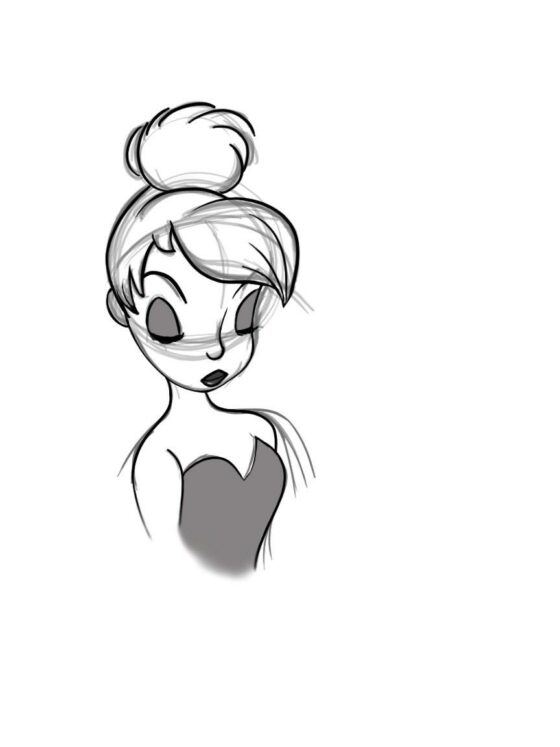





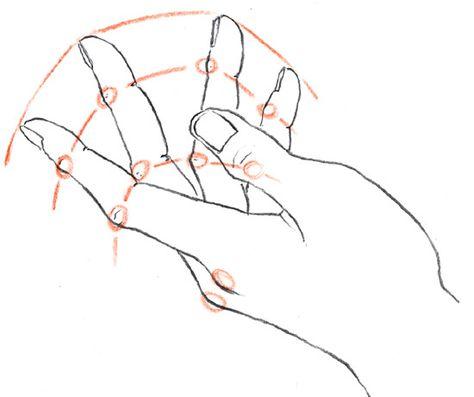

1 comment
Thank you! I draw coloring pages for my class of special needs adults. They prefer simple drawing but of interesting or beautiful things (like nature, food, etc.) and so many “simple” uncomplicated drawings are intended for preschoolers and to not reflect their interests. This tutorial helps me to make better coloring pages for them. Which enriches their days. Thanks again!